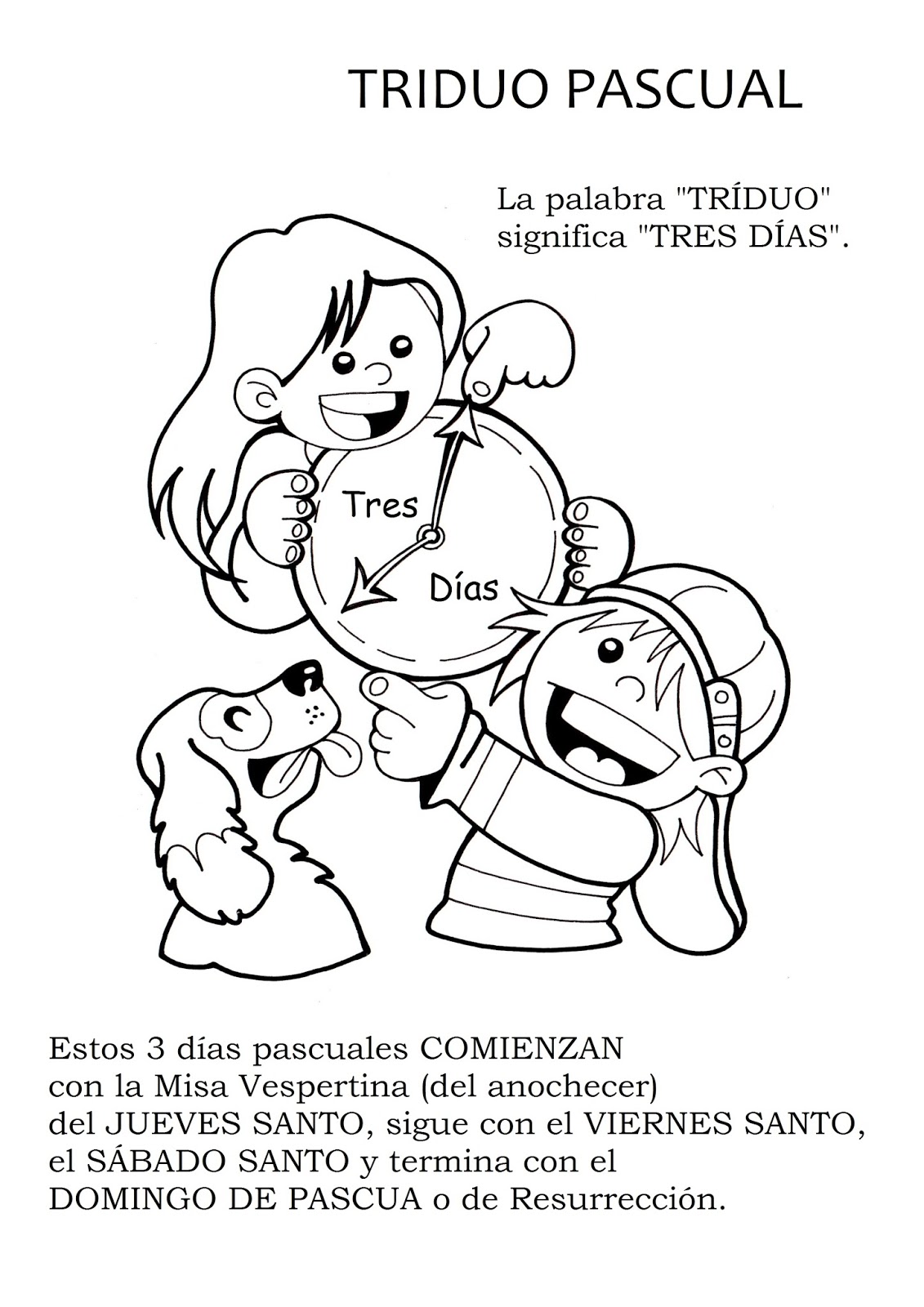In the vibrant tapestry of cultural traditions, the phrase "que es un pascual" holds significant meaning, especially in certain Spanish-speaking regions. This term often refers to a festive celebration, particularly around Easter, known as "Pascua." It encapsulates a blend of religious observance, family gathering, and culinary delight that characterizes this joyous time of the year. As we delve deeper into the essence of "pascual," we uncover its historical roots, its impact on local customs, and the delectable dishes that accompany it.
The celebration of Pascua is not merely a single event; it is a period filled with rich traditions and practices that vary from one community to another. It acts as a unifying force, bringing families and friends together to commemorate the resurrection of Christ through various festivities. The concept of "que es un pascual" can be understood as an invitation to explore these shared experiences and the unique flavors that define them.
Throughout the years, "que es un pascual" has evolved, intertwining with local customs and culinary practices to create a festive environment that transcends religious boundaries. By examining the significance of this term, we gain insight into the cultural landscape of regions where these celebrations are prominent. From food to family traditions, the essence of "pascual" is a delightful journey that beckons to be explored.
What is the Historical Significance of Pascual?
The term "pascual" is derived from "Pascua," which translates to "Passover" in English. This historical reference is essential in understanding the celebration's religious importance. It marks the resurrection of Jesus Christ, making it a pivotal event in Christianity. Various cultures have embraced this occasion, enriching it with their unique traditions and practices.
How is Pascual Celebrated in Different Cultures?
The festivities surrounding "que es un pascual" can vary widely among cultures. Some common elements include:
- Attending church services to commemorate the resurrection.
- Family gatherings featuring traditional meals.
- Participating in local parades and community events.
- Engaging in Easter egg hunts and other playful activities for children.
What Traditional Foods are Associated with Pascual?
Food plays a crucial role in the Pascual celebrations. Some traditional dishes include:
- Hornazo: A savory pie filled with meats, often enjoyed in Spain.
- Capirotada: A bread pudding made with layers of bread, spices, and syrup in Mexico.
- Hot Cross Buns: Sweet, spiced buns marked with a cross, popular in many Western countries.
- Fanesca: A traditional Ecuadorian soup made during Holy Week, featuring various grains and vegetables.
Who are the Key Figures in Pascual Celebrations?
In the context of Pascual celebrations, several key figures emerge, including religious leaders, community organizers, and chefs who specialize in traditional dishes. Their contributions help preserve the cultural heritage associated with this event.
What Role Does Community Play in Pascual Celebrations?
Community involvement is vital in making Pascual celebrations memorable. From organizing events to sharing traditional recipes, the collective effort of individuals enhances the overall experience. Notable community-driven activities may include:
- Setting up festive decorations in public spaces.
- Hosting potluck meals where families share their culinary creations.
- Organizing community service efforts to help those in need during the festive period.
How Can One Experience Pascual Traditions?
For those interested in experiencing "que es un pascual" firsthand, several options are available:
- Visiting regions known for their vibrant Pascual celebrations.
- Participating in local church services during Easter.
- Joining community events that focus on traditional food and culture.
What are the Personal Stories Behind Pascual Celebrations?
Each family and community has its unique stories and memories associated with Pascual traditions. These narratives often illustrate the importance of family bonds, the joy of sharing meals, and the collective experience of celebrating together. Listening to these stories can provide valuable insights into the cultural significance of "que es un pascual."
What are the Future Prospects for Pascual Celebrations?
As globalization continues to influence cultural practices, the future of Pascual celebrations may evolve. However, many communities strive to preserve their traditions while embracing new ideas. This balance between heritage and modernity ensures that the essence of "que es un pascual" remains vibrant and relevant.
Conclusion: Why is "Que es un Pascual" Important?
In conclusion, "que es un pascual" serves as a gateway to understanding a rich tapestry of cultural and culinary traditions. It represents a celebration of life, family, and community, uniting people through shared experiences and delectable dishes. Whether one participates in local festivities or enjoys traditional foods, the essence of Pascual is an invitation to celebrate joy, hope, and togetherness.
Unveiling The Truth: Celebrities With STDs
Indiana Evans And Her Journey Through Fame
Exploring The Majestic World Of Big Cat Breeds


